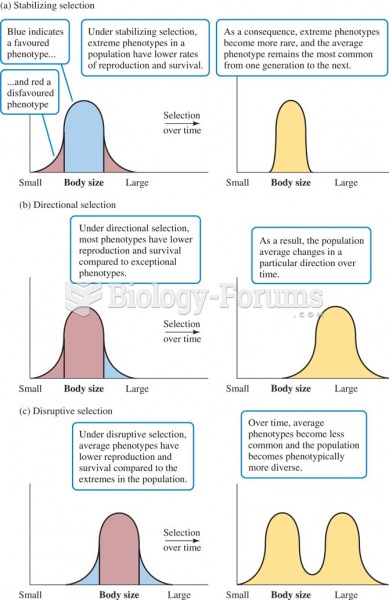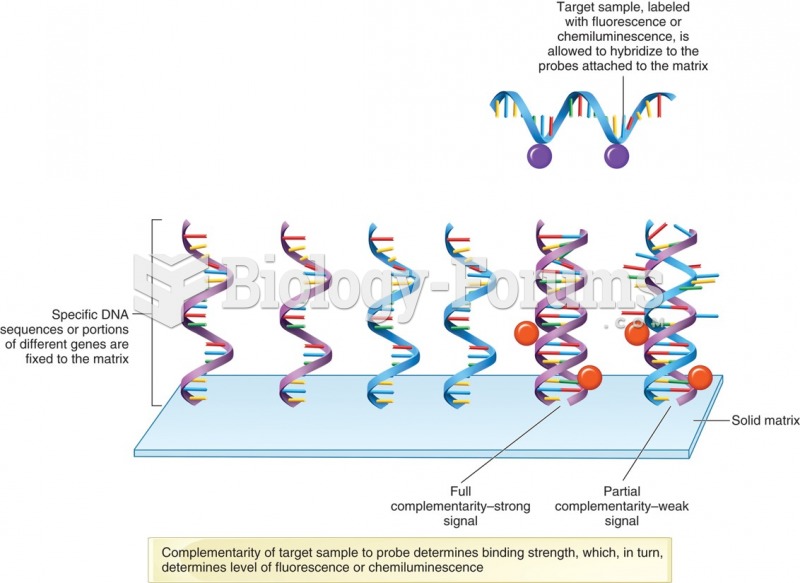|
|
|
Did you know?
Anti-aging claims should not ever be believed. There is no supplement, medication, or any other substance that has been proven to slow or stop the aging process.
Did you know?
Hip fractures are the most serious consequences of osteoporosis. The incidence of hip fractures increases with each decade among patients in their 60s to patients in their 90s for both women and men of all populations. Men and women older than 80 years of age show the highest incidence of hip fractures.
Did you know?
Cyanide works by making the human body unable to use oxygen.
Did you know?
There are more sensory neurons in the tongue than in any other part of the body.
Did you know?
Green tea is able to stop the scent of garlic or onion from causing bad breath.







